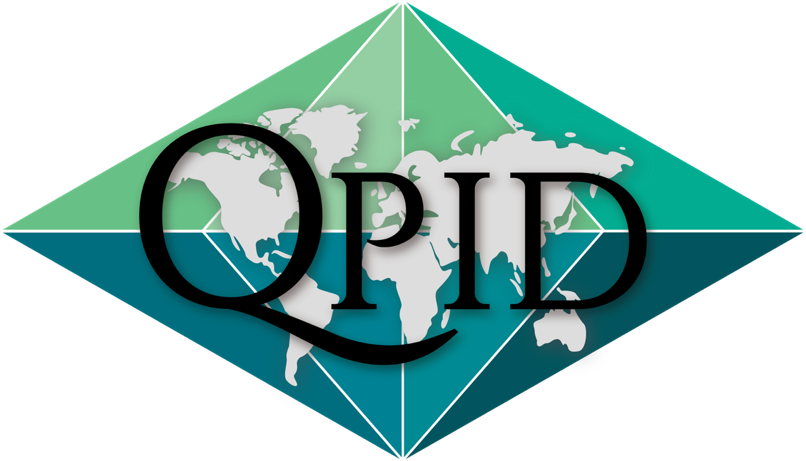Forum 6: Disaster Assistance Response Team
24.10.2017
Action Item
This week Lieutenant-Colonel Edward Izatt from the Canadian Armed Forces Disaster Assistance Relief Team (DART) gave a presentation on what DART does and how the armed forces approaches Disaster relief. Forum attendees were encouraged to ask Lieutenant-Colonel Edward Izatt specifically about the Canadian government’s approach to foreign aid in terms of disaster relief.
For more information, check out DART’s website at
This Week’s Conversation
Phases of a Disaster
To explain how most disasters work, Lieutenant-Colonel Edward Izatt used the analogy of a car accident. He asked forum attendees to think about how quickly and slowly things were happening following that accident. He asked people to think about the distinct differences between life before and after the car crash. When, if the damages were severe, did you decide to just get a new car? Most likely everything was cleaned up in 6 hours, and with insurance and repairs the entire ordeal was dealt with in two to four weeks. Lieutenant-Colonel Edward Izatt then asked us to imagine the similar issues but magnify it by entire populations of countries. This allowed us to imagine how that same pressure is put on governments to rebuild full countries and the economic weight of that. Just like in car accidents, when entire countries are crippled, how do you decide if that nation even can be rebuilt?
There are three distinct stages of following a natural disaster. Normally the first 3 days is when rescue occurs; however, this does depend on the nature of the disaster. There are 24 nations that help in international rescue operations. Days 3 to 40 is the relief phase where the Canadian government will send foreign aid if they deem necessary. Following that is when countries will shift into the recovery phase, a process which can take countries multiple years. Recovery following the 2010 earthquake in Haiti is still an ongoing process.
What the DART is and how it Operates
The DART consists of 200 to 500 personnel who can be called in by the Prime Minister to provide relief following natural disasters. DART is not a standing unit but rather teams of people who on four hour notices can be sent to wherever they are seen to be needed. This is done by assessing the gap in the systems within that specific country already has in place. The DART works with those existing disaster relief systems already put in place by local governments and NGOs. When actually in regions DART reports to the embassador in whichever country they are located. They do not do the direct delivery of aid such as handing out blankets or water bottles, but rather help local organizations and governments organize and ensure the delivery of that direct aid. Lieutenant-Colonel Edward Izatt explained the DART as a group that goes in to “put pressure on a spewing artery” until other organizations can step in to apply that same pressure.
As Lieutenant-Colonel Edward Izatt said the DART; however, can not be a humanitarian body due to what humanitarian principles entail. They cannot be a neutral, impartial and independent body because they are sent by the Canadian government. They still do humanitarian work, despite not being able to classify themselves as an NGO or humanitarians. When they are in nations they help to find the parts of the population most at risk and see who is and is not getting the resources they need. Wherever the Canadian government in conjunction says certain materials go is how they provide their humanitarian work.
How does the Canadian government deliver foreign disaster relief?
The most preferable way for the Canadian government to give foreign disaster relief is indirect aid. The government prefers to send money or goods to local NGOs and to provide infrastructure support; however, as a last resort the DART is sent in. This is because the Canadian government wants to ensure the sovereignty and autonomy of other states. The DART has to be invited by the affected nation before going in to provide relief. In the event that a nation’s government has collapsed then that same invitation has to be given from the United Nations. In addition, if the DART does not have an exit strategy they do not go into a nation to provide relief. Policies are always created for a successful departure. For this departure multiple organizations are involved such as local and Canadian police, the Canadian Border and Customs Agency, Transport Canada and many others.
Takeaway
Our big takeaway for this week’s forum was to highlight how disasters can truly impact nations and how might be the best way to go about revitalizing nations following natural disasters. We were lucky to be able to hear first hand about how Canada handles trying to assist nations in rebuilding following these events, as well as seeing attendees taking this opportunity to ask questions about the ethics behind Canada sending their own military into other sovereign states to provide aid.
Get Involved
If you’re looking to get involved with natural disaster relief and aid initiatives on campus here are some clubs to check out!
Engineers Without Borders
Friends of MSF
Queen’s Helping Haiti
Queen’s Global Village
FORUM: TUESDAYS @ 5:30 / JOHN ORR, JDUC
Our Goal
“Our goal with forum is to provide a safe, informative, judgement free space to discuss a variety of issues within development. We want everyone who comes to forum to feel comfortable expressing themselves in whatever way they see most fit. No question is too simple or too complex and you will never be judged for trying to grow in your understanding. While it is important to recognize that words carry with them a certain weight, it is also crucial that we remember everyone here is coming from vastly different backgrounds with varying degrees of development knowledge but that we all share a common desire to learn, grow, and make a difference.”
